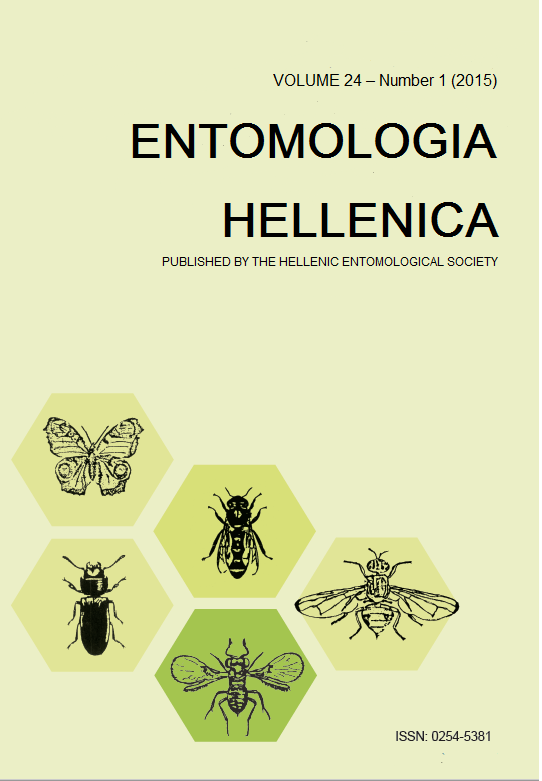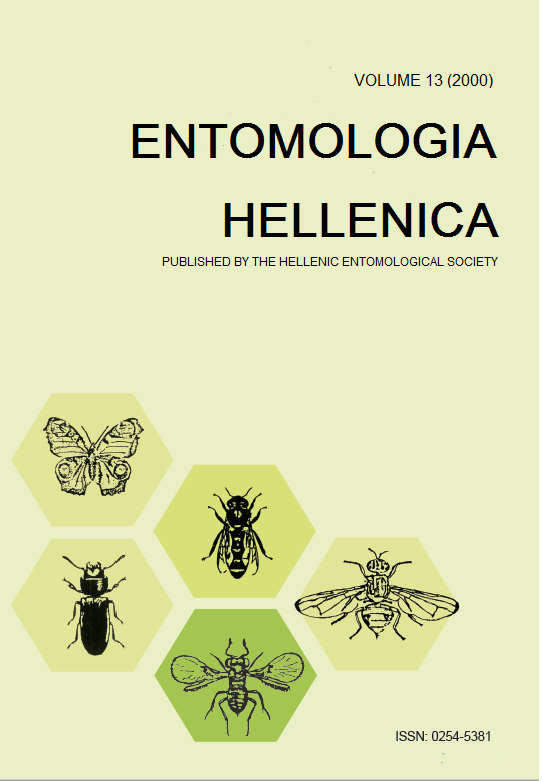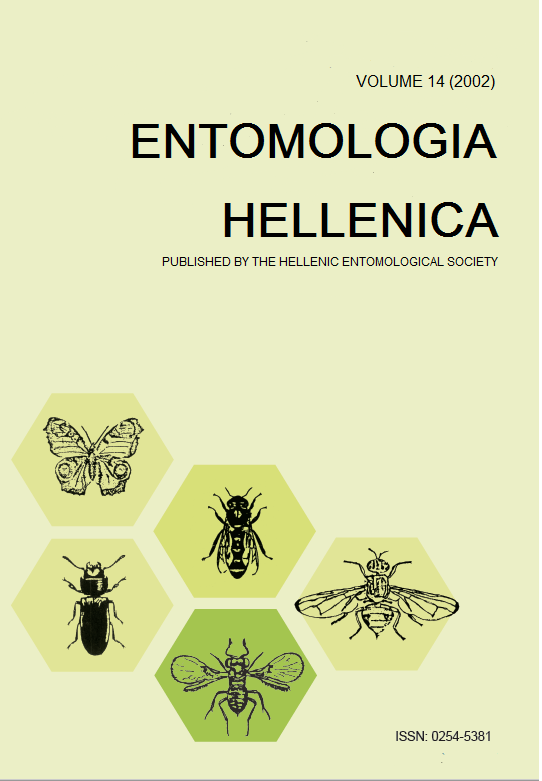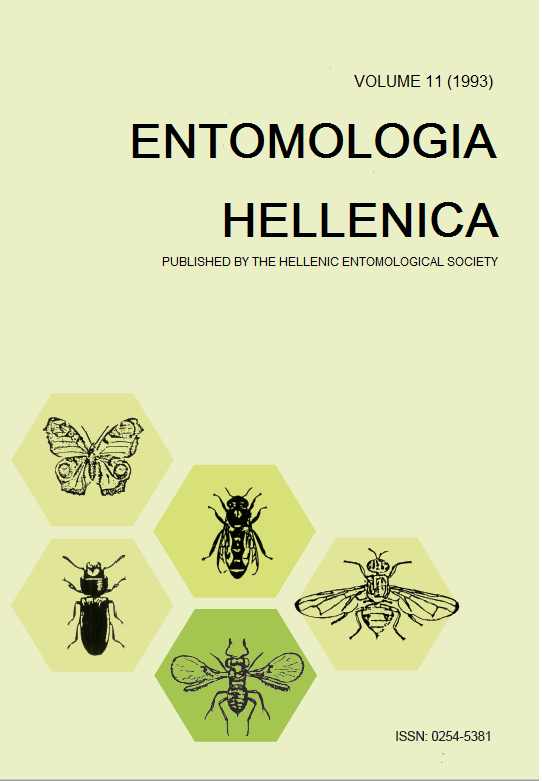Pre-plant release enhanced the earlier establishment of Nesidiocoris tenuis in open field tomato

Abstract
The invasive pest of the tomato crops, Tuta absoluta (Meyrick) (Lepidoptera: Gelechiidae), soon after its establishment became a major problem of outdoor and greenhouse tomato crops across the Mediterranean countries. The pre-plant release of the predator Nesidiocoris tenuis (Reuter) (Heteroptera: Miridae) has been found to substantially contribute to its establishment on the crop and efficient control of T. absoluta in greenhouses. The aim of the current study was to assess whether the pre-plant release of N. tenuis could contribute to its earlier establishment. It was concluded that the release of N. tenuis in the nursery contributed substantially in the earlier increase of its numbers in the field in comparison to the control plots. The native populations of M. pygmaeus appeared on the tomato plants before the native populations of N. tenuis. Thus, the conservation of both predators should be taken into consideration in the integrated management strategies against T. absoluta. Therefore, the application of this method in open field tomato crop enhances the earlier establishment of N. tenuis and should be further evaluated in the control of T. absoluta.
Article Details
- How to Cite
-
Perdikis, D. C., Arvaniti, K. A., Paraskevopoulos, A., & Grigoriou, A. (2015). Pre-plant release enhanced the earlier establishment of Nesidiocoris tenuis in open field tomato. ENTOMOLOGIA HELLENICA, 24(1), 11–21. https://doi.org/10.12681/eh.11541
- Issue
- Vol. 24 No. 1 (2015)
- Section
- Articles

This work is licensed under a Creative Commons Attribution-NonCommercial-ShareAlike 4.0 International License.
Authors who publish with this journal agree to the following terms:
Authors retain copyright and grant the journal right of first publication with the work simultaneously licensed under a Creative Commons 4.0 license.
Authors are able to enter into separate, additional contractual arrangements for the non-exclusive distribution of the journal's published version of the work (e.g. post it to an institutional repository or publish it in a book), with an acknowledgement of its initial publication in this journal. Authors are permitted and encouraged to post their work online (preferably in institutional repositories or on their website) prior to and during the submission process, as it can lead to productive exchanges, as well as earlier and greater citation of published work.





